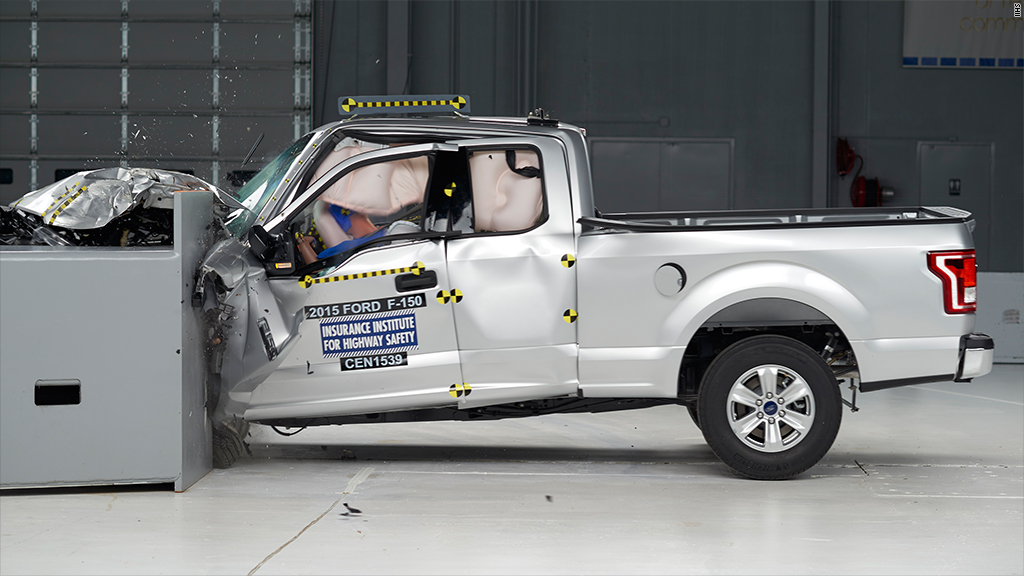
Federal safety regulators say they will soon have smarter dummies - crash test dummies that is.
The National Highway Traffic Safety Administration announced a number of changes to its crash safety ratings Tuesday. One of them is having more sophisticated "human-like" crash test dummies to measure the damage done to drivers and passengers in case of a crash.
The new dummies will have necks that bend, twist and stretch to mimic realistic head movement. They will also have an accurately human-like ribcage and a flexible spine as well as an abdomen that will respond to the seatbelt. They've been dubbed THOR, an acronym for the somewhat unwieldy Test device for Human Occupant Restraint.
NHTSA is also looking at new kinds of crashes, such as those in which a car is struck at an angle rather than head on or T-boned -- being hit directly on a car's side. It will rate the effectiveness of various crash avoidance technology, such as automatic braking, now available on new cars. The agency will also rate the safety of rear seat occupants in the case of a frontal crash.
The current tests rate cars on how well occupants do in the case of frontal, side and rollover crashes.
Related: Aluminum F-150 is safer than steel version
When NHTSA releases results of these new tests automakers generally respond by improving safety in order to obtain the top crash rating in the new measures. The five-star system will remain, although NHTSA will now award ratings based on a half-star basis.
The new system won't take effect until 2018 for model year 2019 cars.
There will also be ratings for the first time that measure how safe the car is for pedestrians who are hit in an accident. The pedestrian safety rating will measure how well vehicles protect pedestrians from head, leg and pelvic injuries that occur when struck.
Europe has already had so-called pedestrian protection safety ratings for cars for over a decade. That means that many cars sold here already incorporate design features that help protect pedestrians in the event a car hits them.
For instance, many cars have extra space between the hood and the engine so that, in the event a pedestrian is hit in the legs and thrown down on the hood, there is room to cushion them from directly hitting the hard engine block. Also, if cars have hood ornaments, they are designed to break off and fold away rather than spearing a person's body.
This is not the first improvement to the crash tests, which were previously revised in 2010. NHTSA is not the only one to do crash tests. The private Insurance Institute for Highway Safety also conducts crash tests and produces its own ratings.

